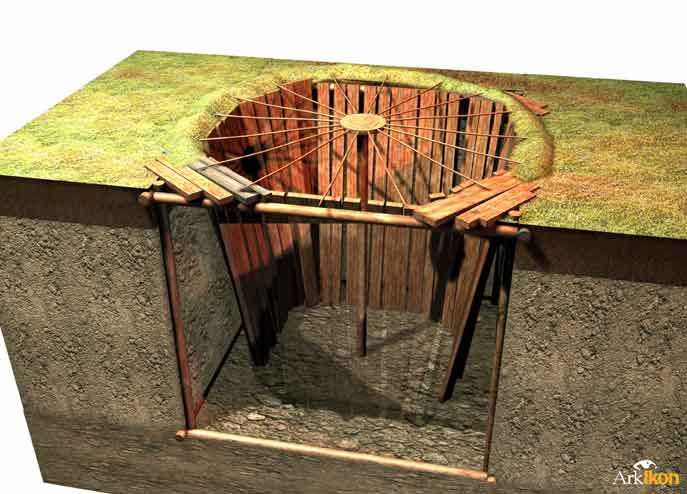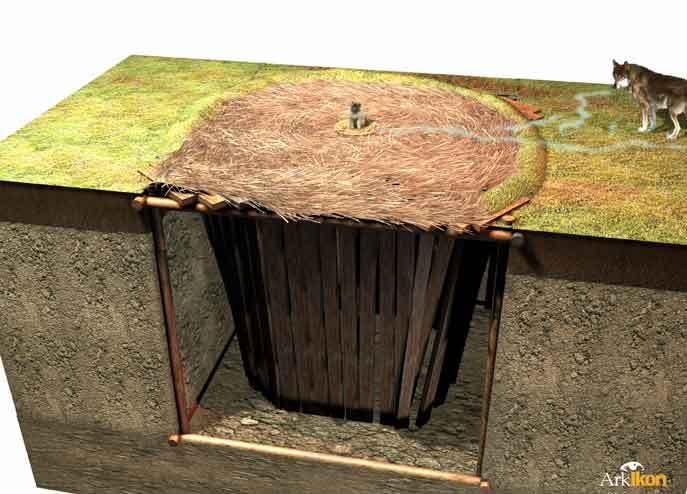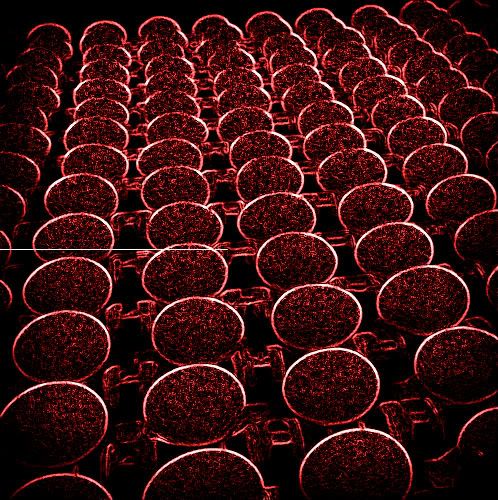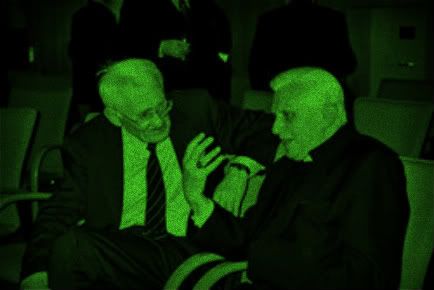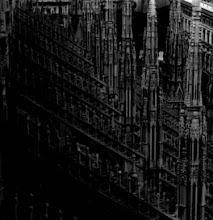A Word on the Diverse Perfection of the Animal Figure
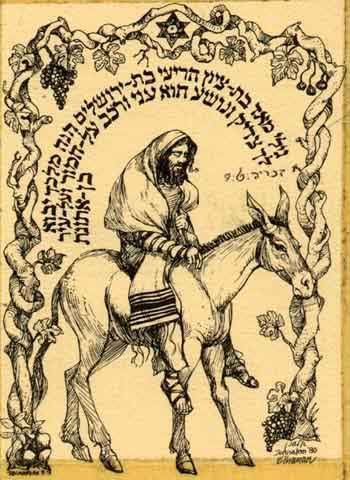
The broad discursive workings of both global political-economy and phylogenetic nomenclature consider the human and animal, via figuration, to be metonymic particulars on which the totality of their systems, and productive and technical phenomena at large, are founded. This is the sort of narrow limitation of understanding that Bataille targets when enacting his “Copernican” shift, from a restricted (a calculating, yielding, and anti-entropic) economy—to a general economy, which circulates only waste and luxury. The illustrious presence of animal figures in Bataille’s work can be attributed to a deep understanding of the general use of the animal figure particularly; the animal is the object of figuration par excellence. Writing on the movement of excess energy in the biosphere, and on the most general form of economic circulation, the largest and most abstract systems engaging the human, Bataille flatters the figural capacity of several animals: “ The calf and the ox merely add a richer and more familiar illustration of this great movement” (Georges Bataille, The Accursed Share, pg.28). Animal figures typically punctuate the domains of excess, ultimate abstraction, and motions towards the beyond of human thinking in Bataille’s oeuvre, specifically as the frontier of religious activity and as the horizon of economic activity, which as libidinal discourses of desire, are fundamental to the Hegelian notion of human consciousness, and the constitution of the human species. Throughout Bataille’s political-economic catalog, the animal figure is given the consistent role of marking the threshold between the particular and the general, between self-consciousness and total—animal—consciousness.
The wealth of this particular figure is due to its immensity as a presence that straddles both planes of this threshold, the material and immaterial: the animal lends a tangibility to human memory (mnesis), as a biological fact to be encountered daily in the form of fodder, companionship, and competition, but also as the tropic basis of our species history; it is the material tabulate of a human fable. The intuitive difference and sameness of the animal to the human veils the contingent semiosis of its figuration in the holy vestiges of a symbol, made possible by the omnipresence of profane animal bodies, and carcasses, in modern life. It the veiling of figuration’s metaphoric distance from the world that allows these images to mediate social reality as ideology, which is why the dominative binary of eighteenth-century emergent discourse is so generally intuitive that any reiteration of its terms "bothered by" the violence of species against species is considered at best laughable, and at worst pathologically weak--a connotational immasculinity is often the reduction of a transpecies pathos in debates. The human with a transpeciesist conscience, and thus an animal consciousness, must be simply misanthropic, issuing excuses for what is the compassionate party’s own deficient ability to survive in the Hobbesean fight club of modern society. It should be obvious how quickly these arguments operate by lapsing into a mania of degrading the bothered human to an anti-human and non-human, misanthropic, level. This mania too readily reveals its own fear of an immanent death by perceiving of an ethical inclusion as a threat to its dietary, and ontological, individuation.
At the same time, the truth of animal existence is strictly fabulous, a truth of only mystical portent and poetic fabrication; it is as barred to the grasp of human consciousness as is the omniscient ineffability of a god. What coalesces in the apprehended body of an animal then, is the palpable presence of a valueless divinity, in addition to pettier positive valuations of the animal body as thing in restricted human economies. Maintaining the recollective importance of eighteenth-century emergent discourse to this matter, the figure of the animal amounts historically to a corporeal reduction of the sublime generality of ideas concerning human existence: the animal is both the limit and affirmation of men, curiously like a god, curiously like tools of production or automata-in-itself, and even more curiously after LaMettrie and Bataille—like the unconscious shadow regions of a human being unknown to itself—of human potential yet unrealized, a human becoming-inhuman, becoming-animal—becoming x . Likewise, the animal figure is, by Durkheim’s analysis and from a philosophical-anthropological perspective, both sacred and profane—like a dead human or sacrificial victim:
…since it is endowed with such inhuman demands, it must indeed be assumed that in leaving the body it animated, it shed all human feeling This explains the metamorphosis that turns yesterday’s relative into a dreaded enemy […] The impure are no less forbidden than the pure, and they, too, are taken out of circulation, meaning that they are also sacred (Emile Durkheim, The Elementary Forms of Religious Life, pg.208, pg.305).
It would seem that the profundity and reverent urgency with which Bataille constructs his animals is based on an understanding of the animal as the perfectly radical conundrum of figuration itself: the signed animal is, in its simultaneous materiality and mystique, the locus of a very real and seamlessly intuitive semiotic operation (which is perhaps the basis of the intuitive violence we allow our species to reap on it); an operation which Donna Haraway has observed as being akin to the ‘material semioticity’ of the Christ figure in Catholic sacramental consciousness; “an indelible understanding that the sign is the thing-in-itself.” This may explain the persistence of the animal in Bataille’s larger narrative of general economy, theology, and their technical coordinates, and also the reason that his narratives typically boil down to a stumped cognizance at an abyss marked by the face of an animal, hence his fascination with the theriocephalous of the Gnostic gospel. The animal figure has the greatest capacity for semiotic malleability as both a distant phylogenic and divine ancestor of humanity, with the added material advantage of being experienced within all the momentary facets of the human being’s expenditure of desire-driven energy; the animally seems to chemically bond materialism and idealism, being both the foundational thing in a restricted (self-conscious) libidinal economy, and the sacrificially dissolved object of general economic and religious-desire.
The “animal urge” exists colloquially, although perversely, in the language of human tendencies, and in myriad “instinctual” drives: those of coitus and appetite, biological consumption and reproduction, towards war and “primitive” religious communion, in addition to being experienced in actual human encounters with animals in the world—domesticated animals or anatomical specimens beheld as use or exchange values in human economies, and wild animals beheld as exotic tokens of nature, threats, and models for species-instructional caveats against the general economic impulse of waste, the uselessly expended energy that animals seem not to calculate in their failure to compost or clothe themselves with carcasses. The latter is symbolized most viscerally in the literally vomitous stage of canine hunger, which LaMettrie compares to human bulimia, a pathology that interestingly takes instantaneous control of the inevitable entropy of evolution by directing its own destruction, before being objectively treated as a disorder for biomedical regulatory purposes. Additionally the encounter of Derrida’s cat in
L'Animal que donc je suis, is conveniently both immanently wild and domesticated, a pet that threatens his naked humanity with shame.
The animal, who is simply not human, is a diversely functional figure, which is to say that it has an infinite and functional literary use value, while being in actuality forever imperceptible to the prison house of human consciousness. This animal is a figure of perfection: what it approaches in the world is its own conjectural apparition, and vice versa. Its daily existence in the flesh allows it to function as a figure in a way that gods cannot; a common mammalian anatomy and the palpability of animal encounters obscure both the politics of figuring and the elusive, divine nature of an animal’s truth. The animal functions like the risen Christ, dead to and ascended from the world, but walking about bearing a stab wound that anyone can pet. The symbolist “familiarity” with which this sign functions, presents an equal amount of danger and possibility for the political stakes of animal-human relations. More generally, as a figure whose silent presence in reality must veil its own figuration, the animal holds particular relevance to the postmodern political subject seeking to avoid the brunt of a violent power issued by given (e.g. socially “familiar”) hierarchical nominalizations, as well as those seeking to mobilize a utopian power incapable of being recuperated by aged and rigid patterns of domination. The animal in its utter silence does not speak the language of power, and cannot be spoken to by it.

